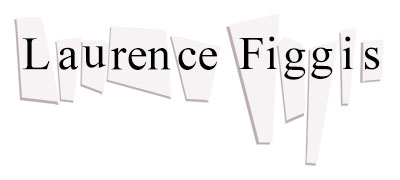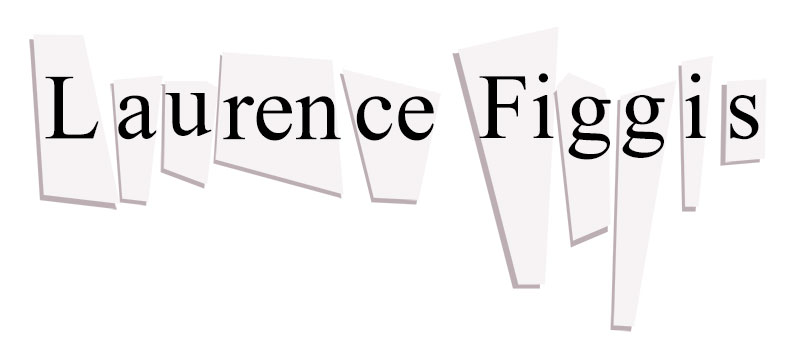Apr 16
2021Art History, Cathy Wilkes, Clare Stephenson, Contemporary Visual Art, Salvador Dali, Surrealism, Surrealism and Scotland
The Spookier School: (Anti-)Surrealism in Glasgow
This paper poses the question ‘What is Surrealism?’ from a particular vantage point: that of a practicing artist who has lived and worked in Glasgow since the turn of the twenty-first century. With reference to my own art practice, I will consider my troubled relationship with the category ‘Surrealism,’ as contingent with the specific trends of the Glasgow art-scene during this period and the broader international context.
In particular, I will address the apparent interest in surrealist methods demonstrated by Glasgow-based artists in the early 2000s (in opposition to the neo-conceptual and relational aesthetic genres that had placed prominent Glasgow artists on the international map in the previous decade). Whilst acknowledging the value of research into the historical surrealist movement (for shaping a more rigorous understanding of my practice), I will also recount my frustrations with the movement as they emerge in two areas: doubt regarding the ‘revolutionary’ power of the unconscious, and the potential valorisation of ‘linear’ narrative thinking – even in the domain of the ‘fantastic’. Read more →

